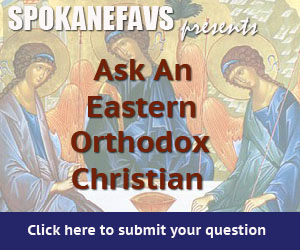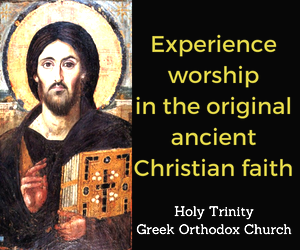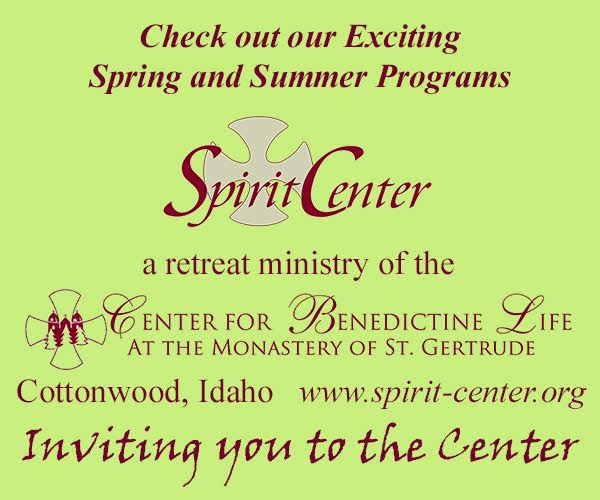What would you like to know about the Eastern Orthodox Christian faith? Su
Why do some Orthodox congregations stand during the entire worship service?
I would refer you to a previous article I wrote.
The traditional or customary way is to stand through the whole church service. Some Eastern Orthodox Church jurisdictions have pews and others don’t. In the U.S, you will find most Greek Orthodox Churches with pews. However, in the Russian, Antiochian, and other jurisdictions, pews are, for the most part, absent or sparsely present on the sides of the church walls.
Posture in Worship
Standing or sitting is proper and right during different parts of the Liturgy and other services. We stand in hopes of maintaining a more attentive posture in our worship. We stand in the Liturgy at the beginning while the priest gives the blessing, during Entrances the Little and the Great, when the priest is censing the icons and congregation, during the Gospel reading, at the Anaphora (“Eucharistic Prayer; for Holy Communion), and the final blessing. If you find the amount of standing too challenging, you are welcome to take a seat. It gets easier with practice. Those who feel physically unable and the elderly may sit.
Bowing in the EOC is a more reverential and profound bow than just mere nodding of the head.
Kneeling is known as the lesser penance the bending of the knees usually on a kneeler attached to the pews.
Metania from the Greek word μετάνοια is an expression of reverence and is executed by first making the Sign of the Cross. Then, one bends from the waist, reaches toward the floor with the right hand open and facing outward, and touching the ground and then rising upward. It is a wonderful experience of reverence, obedience, and praise.
Prostration from the Greek προσκυνήσις is associated with penance, submission, obedience, an earthly reverence and is a delight and wonderful experience to do. It is an act of distributing one’s self on both hands and knees, touching the forehead to the floor, then standing up. One usually makes the Sign of the Cross before and in the end.
We as Orthodox say “Come taste and see” and experience the antiquity of what has been practiced in the church from the beginning. In our belief, the fathers of the church tell us that in order to function as a “whole person” one must not just concentrate on our spirit alone.
1 Corinthians 6:19 -20:
Do you not know that your bodies are temples of the Holy Spirit, who is in you, whom you have received from God? You are not your own. For you were bought at a price; therefore glorify God in your body and in your spirit, which are God’s.
So it is important to include the body as well as our mind and spirit. We too are Trinitarian in nature. So when we actively physically involve our bodies in postures of worship and fasting, combined with worshiping in spirit and in truth, we achieve a healing of body, mind, and spirit necessary to function and become a whole and healthy human being.






